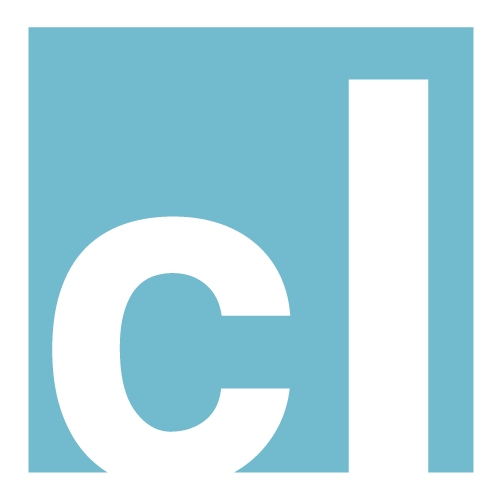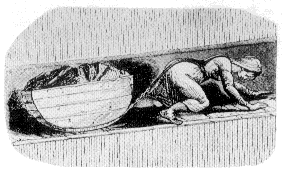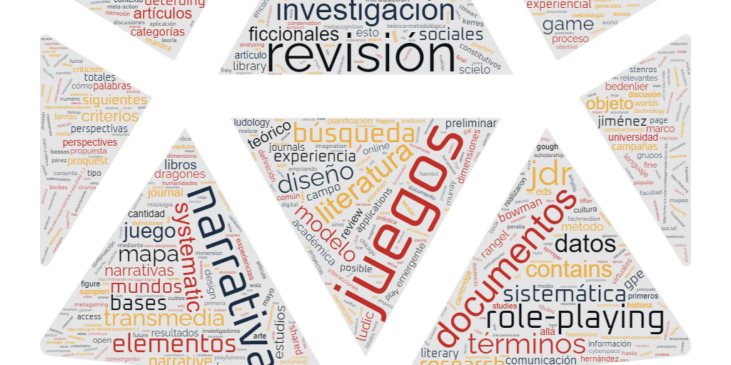Discover the transformative power of the Collaborative Convergence Pyramid (CCP), a dynamic framework designed to streamline communication and collaboration across multiple sectors. Rooted in multidisciplinary approaches, the CCP offers invaluable insights for academics, policy-makers, and practitioners, especially in STEM fields. Learn how it addresses linguistic barriers, functional roles, and more, all while reducing uncertainty and leading toward sustainable solutions.
Dr Jasmin Cowin to present at the 23rd European Cultures in Business and Corporate Communication research network conference
In an era marked by rapid advancements in algorithmic technologies, the forthcoming EUCO 2023 conference will feature a seminal paper titled ‘The (Algorithmic) Cage,’ authored by Dr. Jasmin Cowin, Dr. Birgit J. Oberer, and Cristo Leon, Ph.D. candidate. This interdisciplinary research critically explores the dual role of Artificial Intelligence in shaping digital communication, addressing its socio-economic implications. From job displacement to language digitization, the paper delves into many concerns, including the digital divide, privacy, and security. By bridging disciplines such as TESOL, business administration, and interdisciplinary research, the study serves as a vital discourse in understanding the complexities and ethical considerations in a digitally transforming world.
Matrices de características de los paradigmas.
Introducción. La complejidad de identificar los paradigmas en la investigación hace necesaria la creación de matrices que nos permitan organizar de manera gráfica las diferentes dimensiones y usos de los mismos. Este artículo tiene como objetivo examinar y comparar paradigmas…
Zotero vs ATLAS.ti
¿Cuál es la mejor herramienta para organizar y analizar datos de investigación?
Article «Researching Communities of Practice when transitioning In-service Educator Training to Blended Learning»
El Departamento de Educación de Nueva Jersey buscó desarrollar una comunidad de aprendizaje profesional en línea para 150,000 educadores en casi 600 distritos escolares. Los autores presentan un análisis posterior al proyecto del proyecto desarrollado en apoyo de situaciones de aprendizaje presencial, semipresencial y completamente en línea
Presentación del projecto «Mega-Campañas»
Los autores de esta investigación buscan contribuir al cuerpo de conocimiento del fenómeno de los juegos de rol, con un fuerte énfasis en el contexto y los puntos de encuentro de la co-creación.
Presentación del projecto «Ontología de los juegos de rol»
Los juegos de rol (JdR) constituyen un tema de investigación novedoso y fértil por contener aspectos pertinentes a varias disciplinas. Pese a que la pregunta ¿Qué es el juego de rol? parece simple y es obligada para su investigación, responderla enfrenta intentos de definición ad hoc producto tanto de necesidades disciplinares
Seminario: El juego de rol como definición operativa del juego
El objetivo de este breve presentación es presentar las ideas del autor a un grupo de académicos para discutir las ideas que reforzaran la creación del capítulo de un libro a futuro.
Artículo «Scenario specification structuring effective collaborative communication»
Dr. James Lipuma, a faculty member in the Humanities and Social Sciences department, and Cristo Leon (PhD. Graduate Student) director of research at NJIT College of Science and Liberal Arts, and Kamiya Patel CEO-President at Lyra have a new article entitled “Scenario specification structuring effective collaborative communication”.
Artículo «Elementos Constitutivos de los Juegos de Rol: Una Revisión Sistemática de la Literatura»
Los autores analizan las ideas encontradas en la revisión de la literatura referentes al diseño de experiencias lúdicas, la narratología y los mundos ficcionales dentro del contexto de los Juegos de Rol (JdR).









